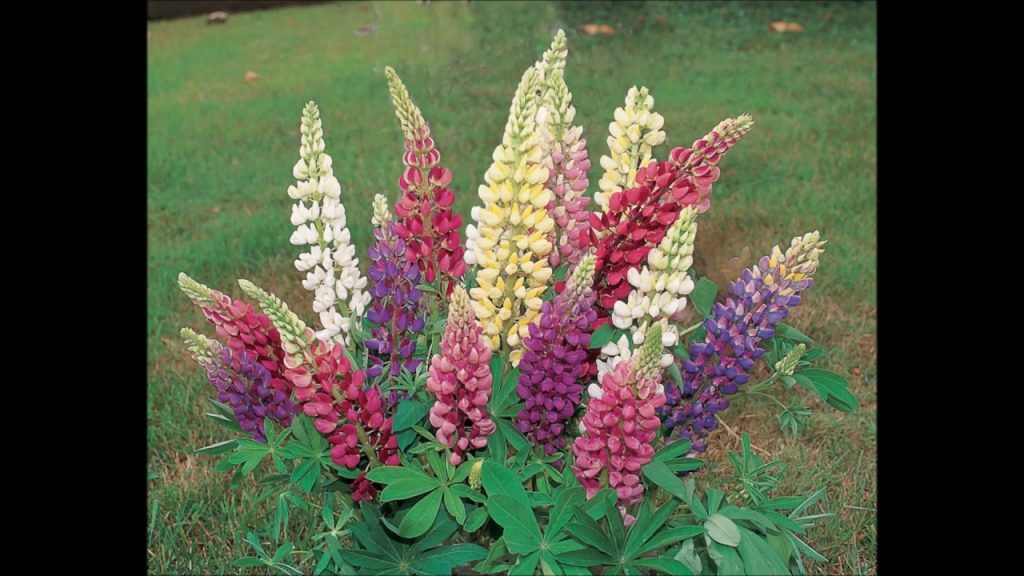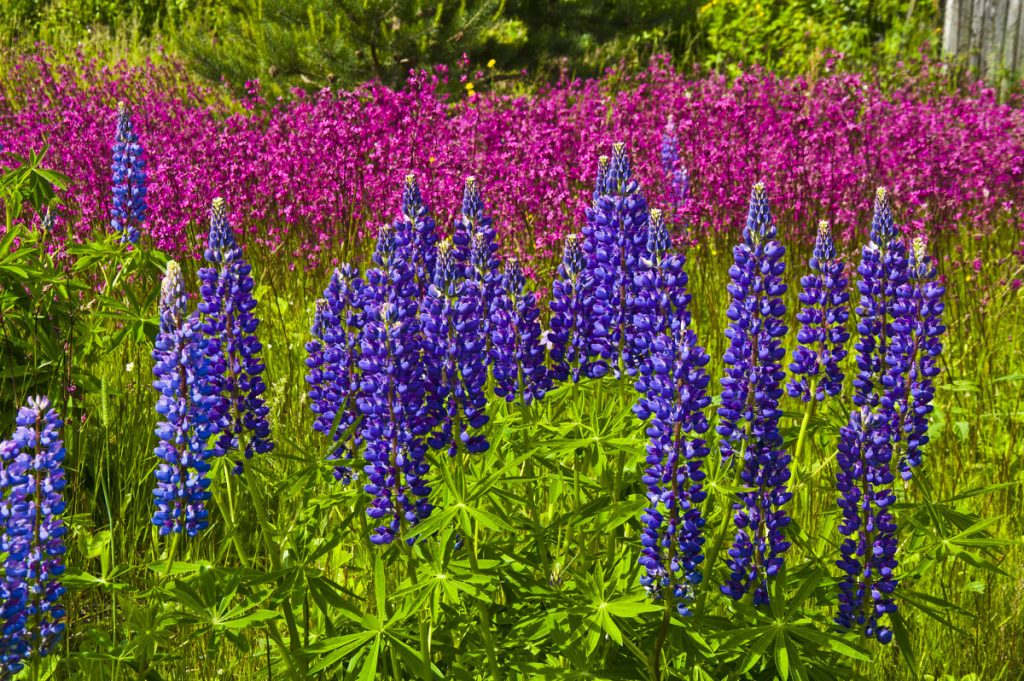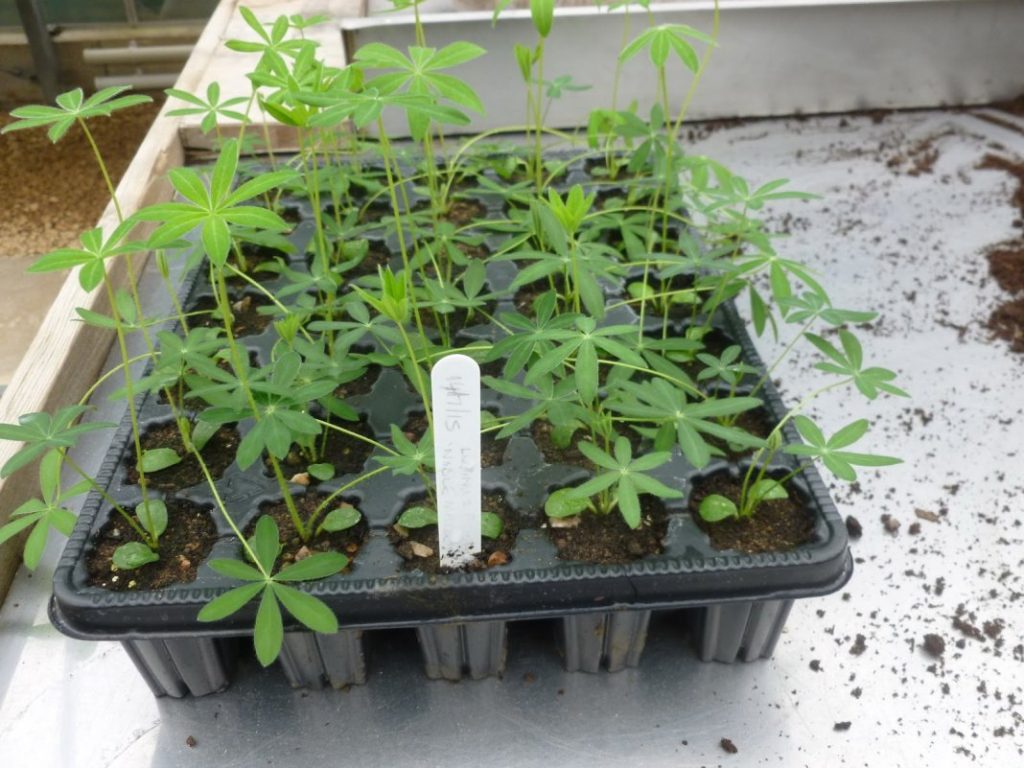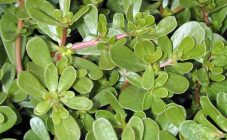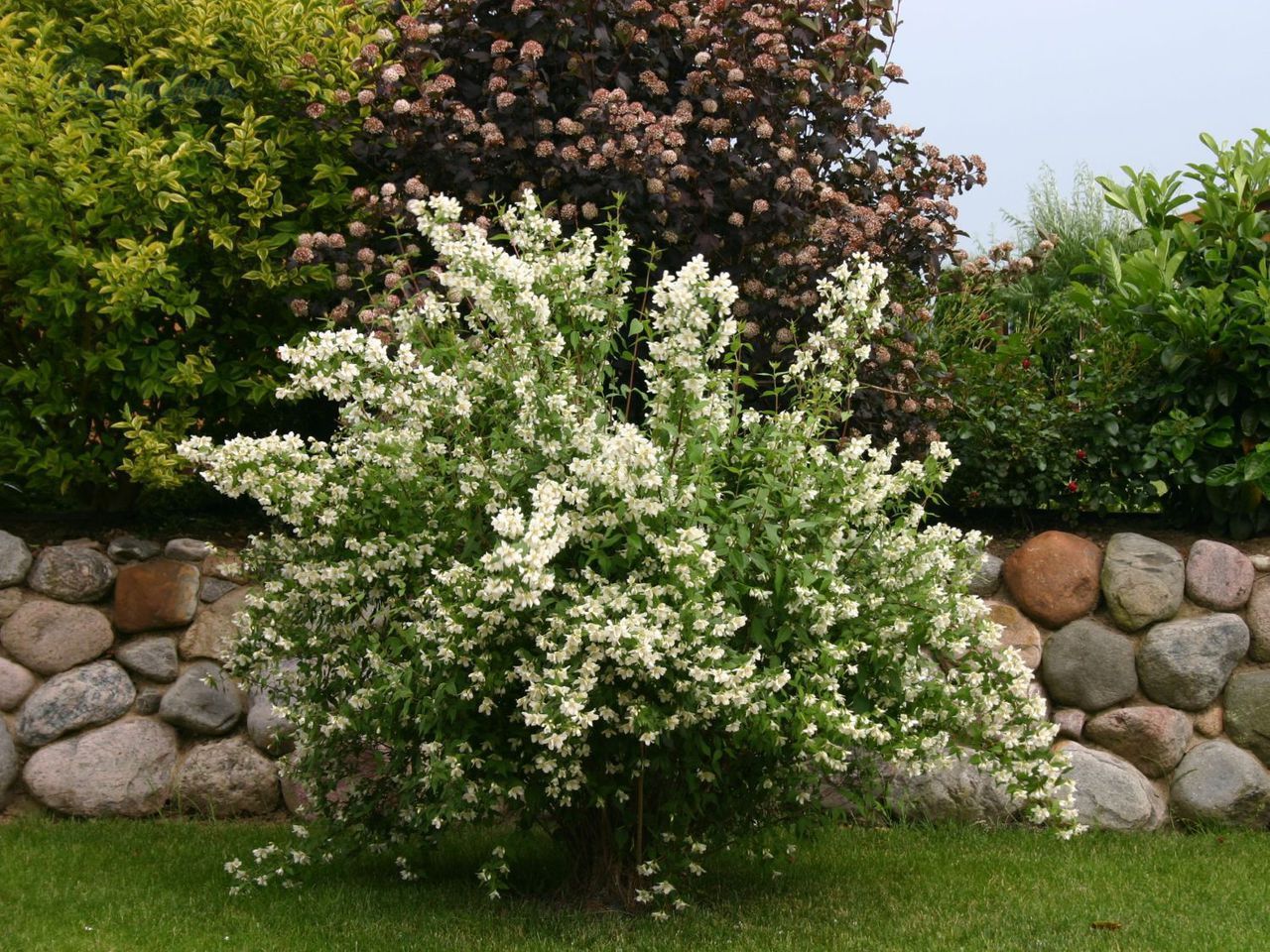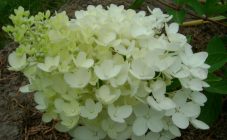Content:
Translated from Latin, the name of this flowering plant means "wolf", therefore, the people also call lupine a wolf bean. In nature, this flower originally grew on the North American continent, but over time, this beautifully flowering plant has spread to other continents. Perennial lupine is quite unpretentious, therefore it can grow even in high mountainous regions.
general information
Breeders paid attention to this beautiful flower and started creating lupine hybrids for cultivation as a cultivated plant. And currently, this plant adorns flower beds and flower beds in gardens and park areas, and summer residents plant these flowers in their gardens.
As a result, the plant, previously considered a weed, has become one of the favorite among flower growers and landscape designers.
How to grow these beautiful flowers in your garden will be discussed below.
General rules for the care of perennial lupine in the open field
In order for perennial lupine to bloom well and abundantly, it must be properly looked after. Although under natural conditions this plant lives without requiring any kind of care, garden hybrids still need to comply with some agrotechnical measures:
- timely watering;
- fertilization throughout the summer season;
- loosening the site and removing weeds;
- caring for lupins after the end of their flowering.
All about the rules of landing and preparation for it
Planting lupine seeds in open ground can be carried out in autumn or spring - depending on the wishes of the gardener. Traditionally, the seed of this flower can be planted in the first decade of October or in the second decade of April. The distance between the planting holes should be about 0.4 m.Seeds are buried in light soils to a depth of 4 cm, and in heavy soils - up to 2.5 cm.
The first sprouts of perennial lupine appear at a soil temperature of about 4-5 ° C. The seedlings that have appeared are able to withstand a short-term drop in temperature to -3 ° C.
If the seeds were planted in the autumn, then next year this plant will already bloom. After all, before the onset of frost the seeds will not germinate, but during the winter period they will "reach". In the autumn, the sowing material is buried in the soil to a depth of about 2.5 cm, and from above the sowing site is covered with a layer of peat at least 5 cm thick. Watering is not carried out during autumn planting.
When growing annual lupins, many gardeners first grow seedlings, which are then planted in a permanent place. A nutritious substrate for planting seeds for seedlings is best prepared at home. To do this, mix peat, turf and river sand in a ratio of 2: 2: 1.Before planting the seed, it is mixed with crushed lupine roots so that bacteria develop faster on the seedling root system that will process nitrogen from the soil.
Usually, the first shoots appear within 12-14 days after sowing the seed.
Seedlings are transplanted to a permanent place when at least 5 permanent leaves grow in them. It should be remembered that it is impossible to delay the transplanting of seedlings - the root system of this flower is pivotal, therefore, when planting overgrown shoots, there is a possibility of damage to the main root. In this case, the seedlings take root longer and get sick.
Immediately before planting seedlings, the site must be loosened and organic fertilizer applied.
But this flowering plant can be propagated by cuttings. With this vegetative method, these perennials retain all the colors of the petals. Cuttings should be made from plants that are no more than 4 years old. In older lupins, the root system is aging and no longer forms young buds.
In spring, from the varieties of these flowers you like, the root rosettes, which are formed at the base of the root system, are cut off and planted for rooting. After the end of flowering, cuttings are cut from the side stems growing from the leaf sinuses. All cuttings are planted in a shady place; river sand is the best substrate for rooting cuttings. Typically, the rooting process for young plants is 25-30 days. Such seedlings are ready for transplantation to a previously prepared place. Young lupins can bloom already in the current season after rooting.
Propagation by cuttings and seeds is a simple process, the survival rate of cuttings is almost 100%.
How to care for perennial lupine at different times
Planting and caring for perennial lupines does not cause much trouble for gardeners. However, in different periods of growth, there are some nuances that should be kept in mind.
Although this perennial calmly tolerates a short drought, it needs regular watering during the period of budding and active flowering. Otherwise, the flowers may lose their rich color. It is also required to regularly water young plants in the first year of life after planting - at this time, the root system of lupine is actively growing, and this requires a large amount of moisture.
Do not forget about periodically loosening the soil around these garden flowers, removing weeds and, if necessary, pouring soil under the base of the bush so that the root collar does not expose.
Young plants of the first year of life in the fall are fed with potassium-phosphorus fertilizers
In late September - early October, this perennial fades, seeds ripen in place of flowers. They can be harvested if gardeners plan to propagate these flowers by seed. A couple of weeks before the onset of cold weather, peduncles and leaves should be cut off. The pruning procedure should not be carried out too early, as this can provoke re-flowering.
Basic agricultural techniques for plant care
Tall varieties of lupins require tying. The fact is that long peduncles under the weight of heavy inflorescences can strongly lean to the ground, sometimes they can break off. Therefore, next to each flower, a support is required, to which the peduncle is tied.
These flowers are periodically attacked by "harmful" bugs or pathogenic organisms. Therefore, for preventive purposes, they are treated with insecticide solutions, saving lupins from:
- aphid attacks during bud opening;
- growth fly larvae;
- nodule weevils.
Diseases to which these perennials are susceptible:
- root or gray rot;
- spotting (blackish, bacterial, brown);
- drying out of the stems;
- rust;
- fusarium;
- mosaic.
To prevent the development of these diseases, you should adhere to the rules of crop rotation.
Tips from seasoned gardeners
Many gardeners point out that one of the uses of this flowering plant is as a green manure. You can plant lupines under fruit trees, or in the garden after most vegetable crops (except legumes). Nodule bacteria live on the roots of lupine, which produce well-absorbed nitrogen.
In addition, in some countries of Europe and Asia, all parts of the plant are used in folk medicine and cosmetology. The use of lupine in food is typical for Asian countries, where this flower is the main component of sauces and meat spices.
Not only beginner growers can discover some new aspects of this perennial flowering plant. But there is no doubt that perennial lupine is one of the most beautiful flowers found in flower beds.
